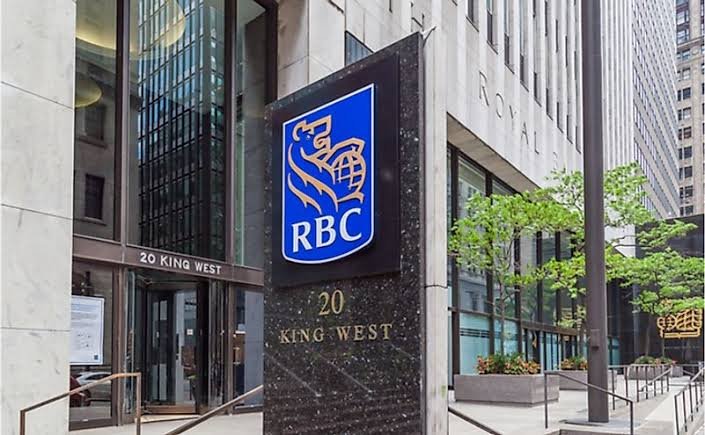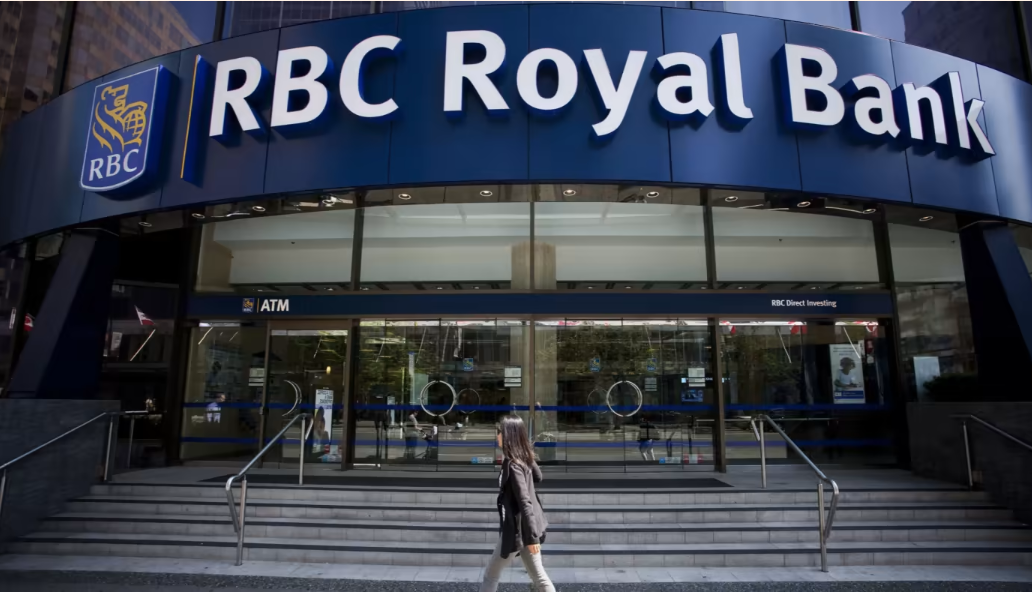The Royal Bank of Canada Code aids in the seamless transfer of funds. In the global landscape of banking and finance, the ability to seamlessly transfer funds across borders is crucial for businesses, individuals, and institutions alike. Central to this process is the SWIFT code, also known as the Bank Identifier Code (BIC). This code serves as a vital component in international transactions, ensuring the secure and accurate transfer of funds between financial institutions.
In the context of the Royal Bank of Canada (RBC), one of the country’s largest and most esteemed financial institutions, understanding its SWIFT code, ROYCCAT2, is essential for anyone engaged in international financial activities. This comprehensive guide aims to demystify the Royal Bank of Canada Code, exploring its significance, structure, applications, and the broader context of international banking.
Royal Bank of Canada Code | Understanding SWIFT Codes

What is a SWIFT Code?
Royal Bank of Canada Code | Significance of SWIFT Codes
The Royal Bank of Canada (RBC) SWIFT Code: ROYCCAT2
- “ROYC” (Bank Code): The first four characters, “ROYC,” uniquely identify the Royal Bank of Canada Code within the SWIFT network. This portion of the code specifies the bank to which the transfer is being sent.
- “CA” (Country Code): The following two characters, “CA,” represent the country code for Canada. This indicates that the Royal Bank of Canada is based in Canada.
- “T2” (Location Code): The final “T2” denotes the location code for the main office or headquarters of the Royal Bank of Canada, located in Toronto. This specific code directs the funds to the primary branch of RBC.
Royal Bank of Canada Code | Importance of the RBC SWIFT Code

Royal Bank of Canada Code | Other Codes Associated with the Royal Bank of Canada
- “0”: Bank code
- “XXX”: Branch code
- “YYYYY”: Account number
Royal Bank of Canada Code | Application and Usage of the RBC SWIFT Code
-
- RBC’s SWIFT code: ROYCCAT2
- Account holder’s name
- RBC branch address
- Routing/Transit number (for domestic transfers within Canada)
- Double-check the SWIFT code provided by RBC or on RBC’s official website.
- Confirm the accuracy of the recipient’s bank details, including the SWIFT code, account number, and branch address.
- Contact RBC or the recipient bank directly for verification if there are any doubts or discrepancies.
Security and Reliability of RBC’s SWIFT Code
Challenges Associated with the Royal Bank of Canada Code

1. Incorrect SWIFT Code Usage: One of the primary challenges faced by customers and institutions dealing with the Royal Bank of Canada (RBC) SWIFT code (ROYCCAT2) is the risk of using an incorrect code. This can lead to delays or even the rejection of international transfers. Mistakes in entering the SWIFT code, whether due to human error or misinformation, can result in funds being sent to the wrong branch or bank, causing inconvenience and additional administrative work to rectify the error.
2. Limited Branch-Specific Information: The Royal Bank of Canada Code (ROYCCAT2) is primarily designed to identify the main branch of the bank located in Toronto. For transactions involving specific branches or offices of RBC, additional information beyond the SWIFT code may be required. This lack of branch-specific information in the Royal Bank of Canada Code can sometimes lead to confusion or delays, particularly for international transfers destined for branches other than the main headquarters.
3. Verification and Communication: Verifying the accuracy of the SWIFT code (ROYCCAT2) for RBC can sometimes be challenging, especially for individuals and businesses unfamiliar with international banking protocols. Ensuring that the Royal Bank of Canada Code provided is up-to-date and correctly corresponds to the intended branch or office of RBC requires proactive communication with the bank or recipient. Miscommunication or delays in obtaining the correct SWIFT code information can hinder the timely execution of international transactions.
4. Impact on Transaction Speed and Costs: Using an incorrect Royal Bank of Canada Code (ROYCCAT2) can result in delays in the processing of international transactions. Banks may need to manually intervene to rectify the error, which can prolong the transfer time and incur additional fees. In some cases, transactions may even be rejected, leading to further complications for both the sender and recipient. These delays can be particularly challenging for time-sensitive transactions or urgent financial needs.
5. Cross-Border Regulations and Compliance: International transactions involving the Royal Bank of Canada code (ROYCCAT2) are subject to various cross-border regulations and compliance requirements. These regulations can vary by country and may impact the processing time and costs associated with transfers. Ensuring compliance with regulatory frameworks and providing accurate SWIFT code information is crucial to avoid potential legal issues or delays in fund transfers.
Read Also: Brock University Student Portal 2024
Hence, the challenges linked to the Royal Bank of Canada SWIFT code (ROYCCAT2) primarily revolve around the potential for errors in its usage, limited branch-specific information, the need for verification and communication, the impact on transaction speed and costs, and compliance with cross-border regulations. Understanding these challenges can help individuals and businesses navigate international transactions with RBC more effectively and minimize the risks associated with incorrect SWIFT code usage.
